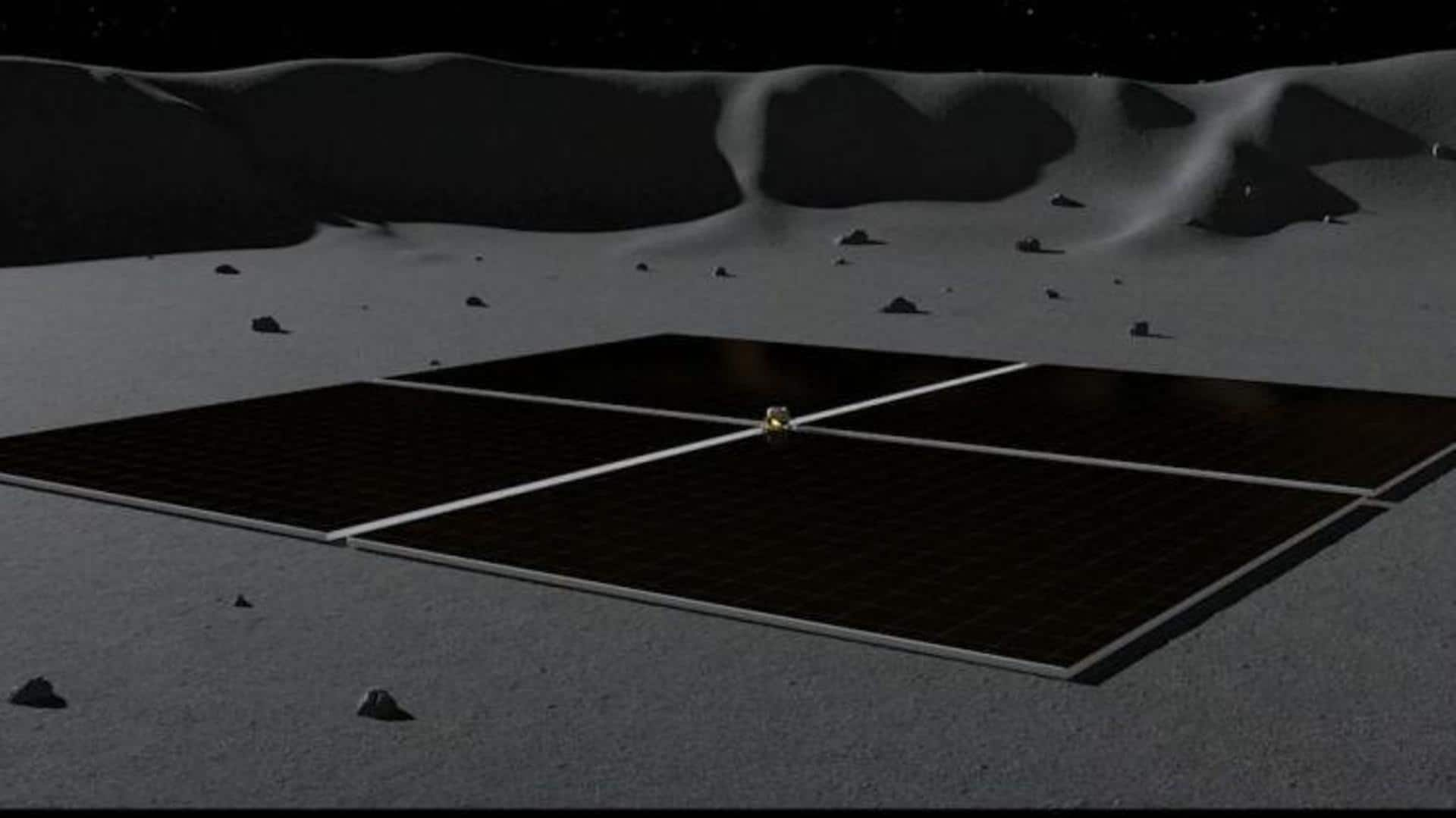
Europe's inflatable radio telescope could unlock mysteries of early universe
What's the story
European scientists want to send an inflatable radio telescope to the Moon. The proposal comes after a recent feasibility study conducted by the European Space Agency (ESA). Interestingly, this telescope will be able to peer into the universe's Dark Ages, the first few hundred million years after the Big Bang when the first stars and galaxies began to form.
Context
Why does this story matter?
The inflatable radio telescope, when it launches (and that may take time), will carry out pioneering research on the Moon, taking space exploration to a whole new level. In the meantime, there are a couple of other missions scheduled to launch to the Moon in the near future. To name a few, China wants to send a Moon-orbiting telescope by 2026.
Idea
"It's like an inflatable mattress on the Moon"
The idea is to send a suite of radio antennas to the Moon by 'printing' them on superlight material called Kapton. This system would be transported via the European Large Logistics Lander. "You fold up the system, then you push gas into it and you inflate it. It's like an inflatable mattress on the Moon," said Marc Klein Wolt, from Radboud University.
Location
The telescope would be set up on Moon's far side
Scientists want to build this radio telescope on the far side of the Moon, a region that is free from interference from radio signals. In fact, the Moon's far side is "the most radio-quiet place in the solar system," per Klein Wolt. A telescope placed in this region would have the capacity to pick up signals that cannot be done from Earth.
Implication
The telescope will look into the universe's Dark Ages
From its strategic positioning on the far side of the Moon, the inflatable telescope can provide insights into the universe's Dark Ages. The telescope would specifically be looking for a type of signal, called the 21-centimeter emission line, which is produced by atomic hydrogen. These molecules are believed to have filled the universe in the initial phase following the Big Bang.
Official words
There are several challenges associated with developing the inflatable telescope
As fascinating as the idea of an inflatable radio telescope may seem, there are several challenges. To begin with, a technology that can transport several, possibly hundreds of radio antennas to the Moon doesn't exist yet. ESA's recent feasibility study assessed how the Large Logistics Lander—scheduled to make its maiden launch to the Moon in 2030—could be employed to transport the radio antenna array.
Findings
Lander can deliver 16 standard radio antennas in one go
The study showed the Large Logistics Lander could deliver an array of 16 radio antennas to the Moon in a single launch. However, that would not be able to offer the sensitivity and resolution required to study the Dark Ages in detail, said Klein Wolt. The other option would be to build an inflatable array that could accommodate more antennas at a lower mass.
Official words
'There are plenty of options that we can explore'
At present, European researchers are working on antenna prototypes that could be tested directly on the Moon. This would help scientists understand how the lunar environment affects the antennas. "It doesn't have to be [tested] on the far side; it could be a nearside mission, like the Apollo missions," Klein Wolt said. "There are plenty of options that we can explore."